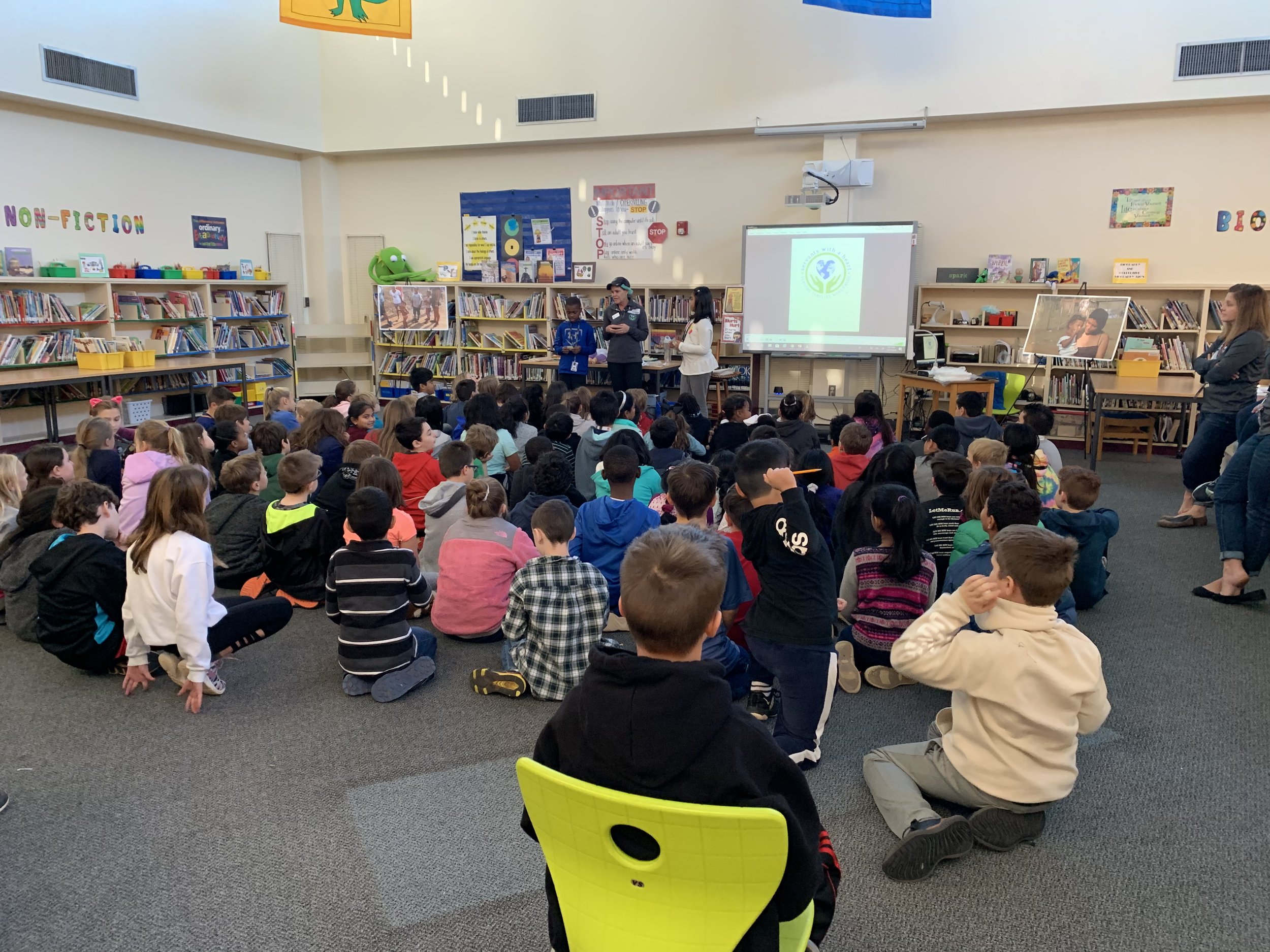Nutrition
An important part of my work with Servants With a Heart is teaching the education piece that we present when we have events in schools. Our curriculum focuses on nutrition and poverty. The students are taught about the 6 nutrients in food: protein, carbohydrates, fats, vitamins, minerals, and water. Most students can name foods with these nutrients; for example, chicken is a protein and pasta is a carb. They also know that milk has calcium and oranges contain vitamin C. We talk about the importance of everyone eating nutrient-rich foods. Then we look at the ingredients in the Servants With a Heart food. It contains rice, soy, freeze-dried vegetables and a vitamin/mineral powder.
Rice: long-grain white rice is widely recognized around the world (and people know how to cook it!); it fills the stomach and has a long shelf-life
Crushed, fortified soy: very high in protein (52%), 3 times more protein rich than red meat, vegetarian (acceptable to most diets around the world) and has a long shelf-life
Dehydrated vegetables: blend of 6 vegetables enhances vitamin and fiber content, improves taste and visual appeal
Vitamin powder: chicken-flavored, vegetarian mixture of 21 vitamins and minerals, and all 9 essential amino acids
I ask if there’s any milk in the bag and of course the students say, “No.” Then I inform them that there is the mineral calcium in the bag, along with vitamin D. I ask about other foods like spinach, which is iron-rich. That mineral, too, is in the bag. They can continue the questions with chicken or apples or whatever nutritious food they think of. Each of the nutrients from these foods is in the meals they pack.
The students learn that if a child eats only a one-cup serving of our food per day, he or she will receive the daily recommended nutrients a body needs to grow, develop and fight diseases (although they will likely still be hungry!).
We end our education sessions telling the students that while they are packing food for the children who desperately need it, they should think about what foods they are putting in their bodies. They should make food choices that are nutrient-rich so their bodies can grow, develop, and fight diseases too.
—Cynthia Hair, SWH Leadership Team Member and Education Leader

